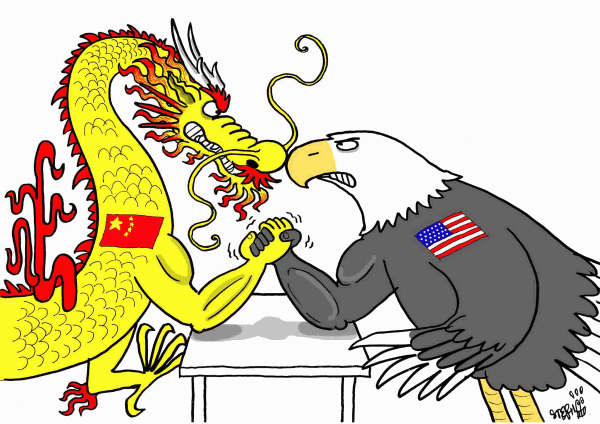Apec ministers ready trade roadmap

Kyodo | 7 Nov 2014ç
Apec ministers ready trade roadmap
Ministers of 21 Asia-Pacific countries are set to discuss ways to boost regional integration and adopt a road map toward the creation of a new free trade area at a two-day meeting in Beijing starting today in the run-up to a summit next week.
But the road map would not include detailed steps for when and how to crystallize the vision of the massive Free Trade Area of the Asia-Pacific being pushed by Beijing, amid reluctance expressed by the United States and its allies, negotiation sources said.
China, the chair of this year’s Asia-Pacific Economic Cooperation forum, had sought to fix a target year of 2025 for a possible implementation of the FTAAP, but the United States and Japan blocked the effort fearing it could compromise on-going talks for the narrower US-led Trans-Pacific Partnership free trade pact that includes Japan but not China, the sources said.
Beijing had also called for a commitment on the launch of a "feasibility study" for the FTAAP to mark the effective start of negotiations, but the language has already been dropped from a draft of the APEC leaders’ declaration to be announced after their Nov 10-11 summit, the sources added.
On the sidelines of the Apec forum, the 12 countries involved in the TPP will hold their own ministerial meeting on Saturday, seeking to advance their stalled talks. Washington has not officially announced the TPP gathering, apparently out of consideration for Beijing, which is concerned such a meeting could take the limelight away from the series of APEC meetings it is hosting.
The TPP, if realized, would be the world’s largest free-trade zone encompassing around 40% of global output, while the Apec-wide FTAAP, the idea of which first emerged in 2006, is seen by some critics as a Chinese attempt to counter the TPP.
With the TPP initiative a core part of the US "pivot" to Asia, President Barack Obama had said he envisioned the 12 countries would produce a substantial outcome in time for his trip to Beijing, amid China’s increasing clout in the region.
But it is unlikely the TPP negotiating members will announce a basic agreement during the Apec forum as they remain apart over several difficult issues including intellectual property rights concerning copyrights and patents, and how to deal with Japanese tariffs on agricultural products.
Japan’s TPP minister Akira Amari and US Trade Representative Michael Froman recently admitted they were not expecting the 12 countries to reach an agreement in Beijing, while White House press secretary Josh Earnest also said Monday there would not be a significant breakthrough in trade talks while Obama is in Asia.
A TPP summit could also take place on the sidelines of the APEC meetings, but the details are unclear.
The 21-member Apec comprises 12 TPP negotiating countries - Australia, Brunei, Canada, Chile, Japan, Malaysia, Mexico, New Zealand, Peru, Singapore, the United States and Vietnam - and China, Hong Kong, Indonesia, South Korea, Papua New Guinea, the Philippines, Russia, Taiwan and Thailand.





